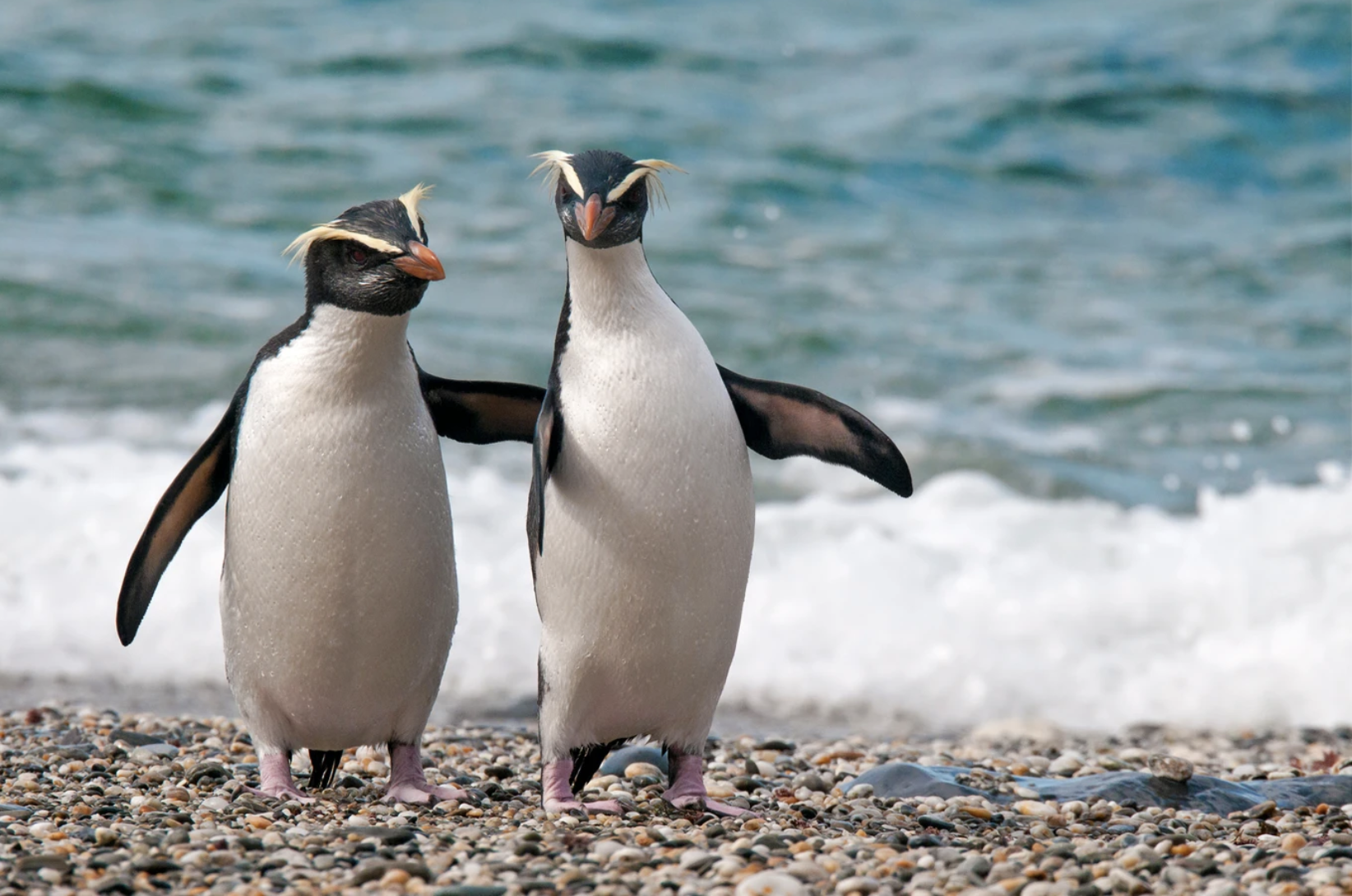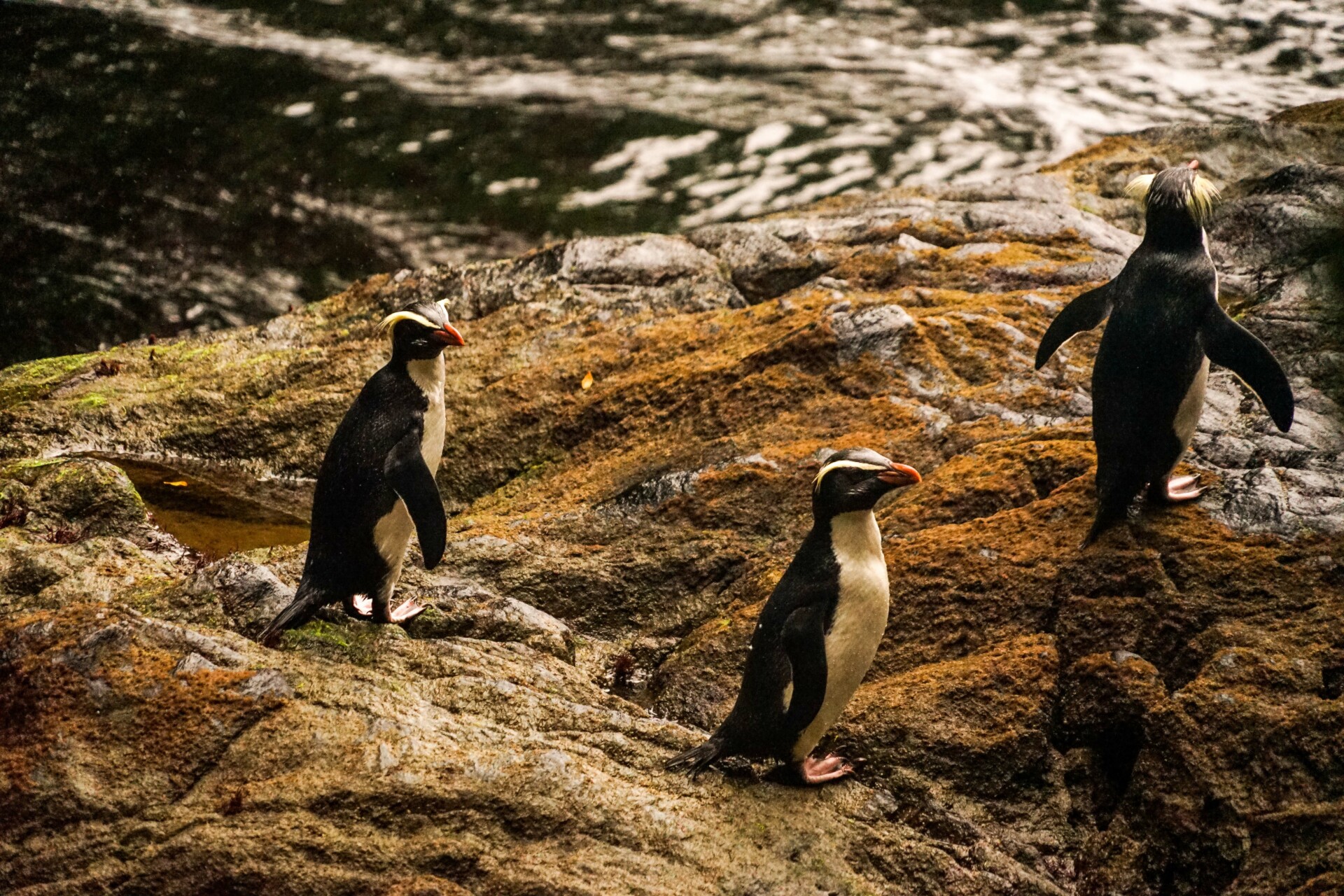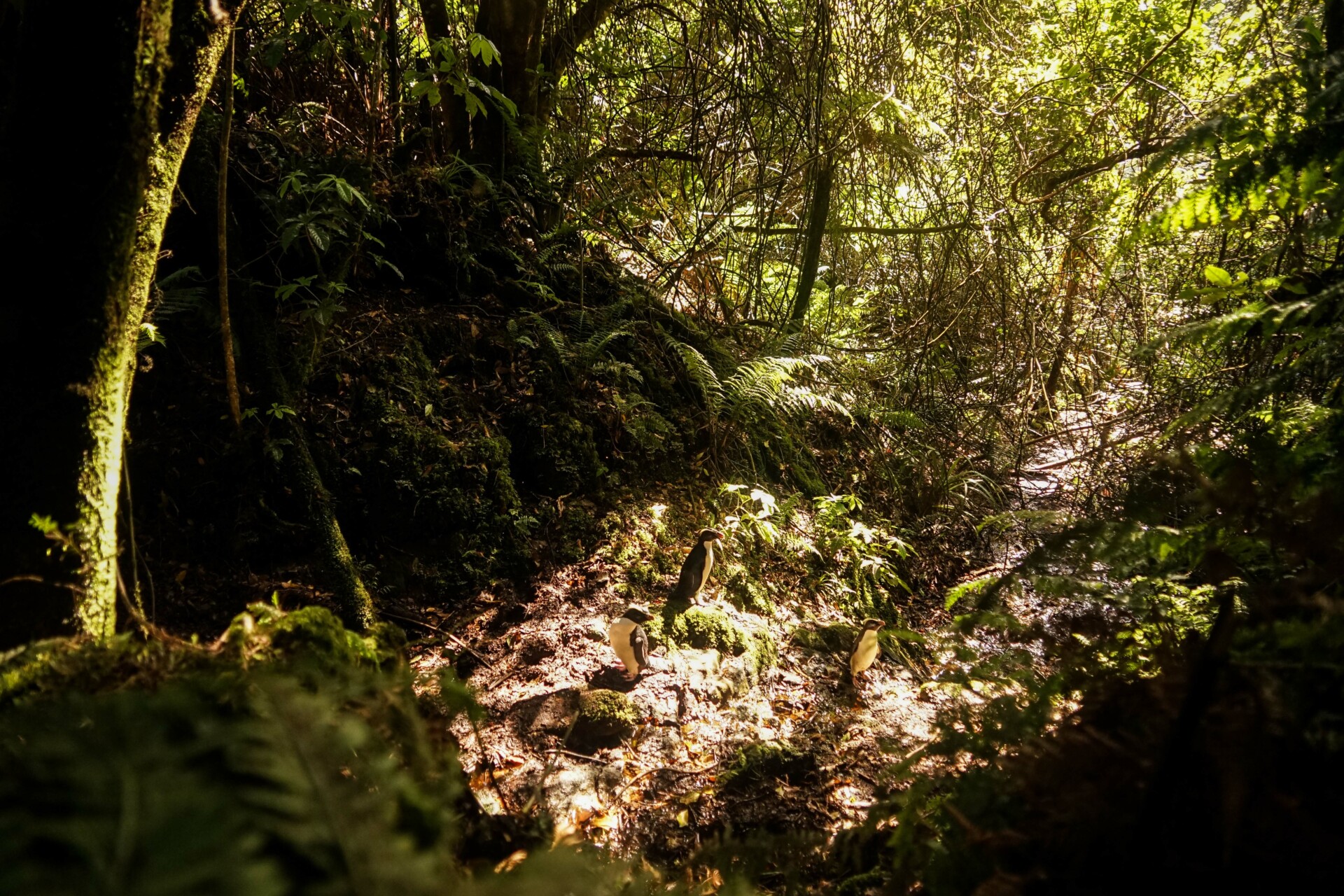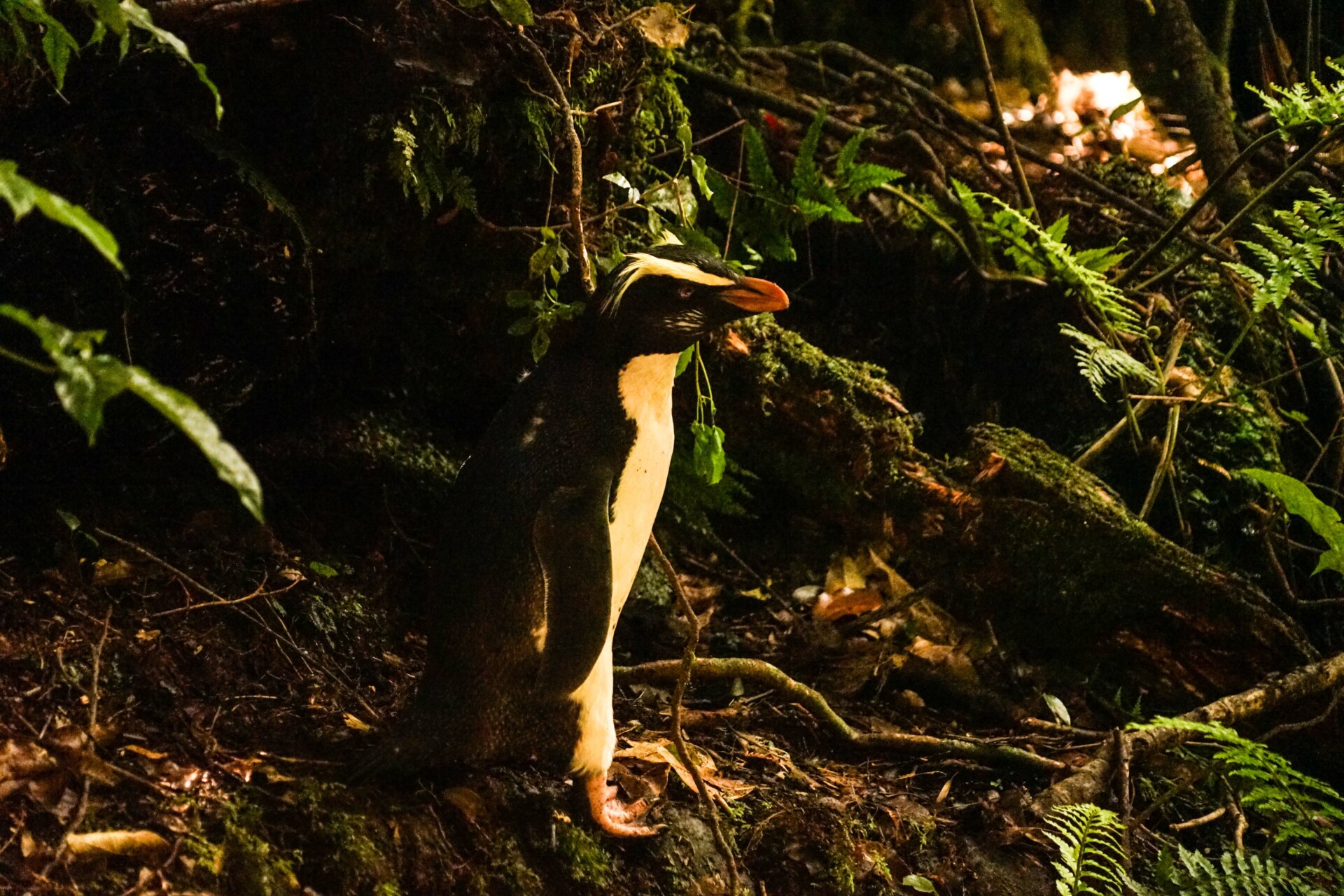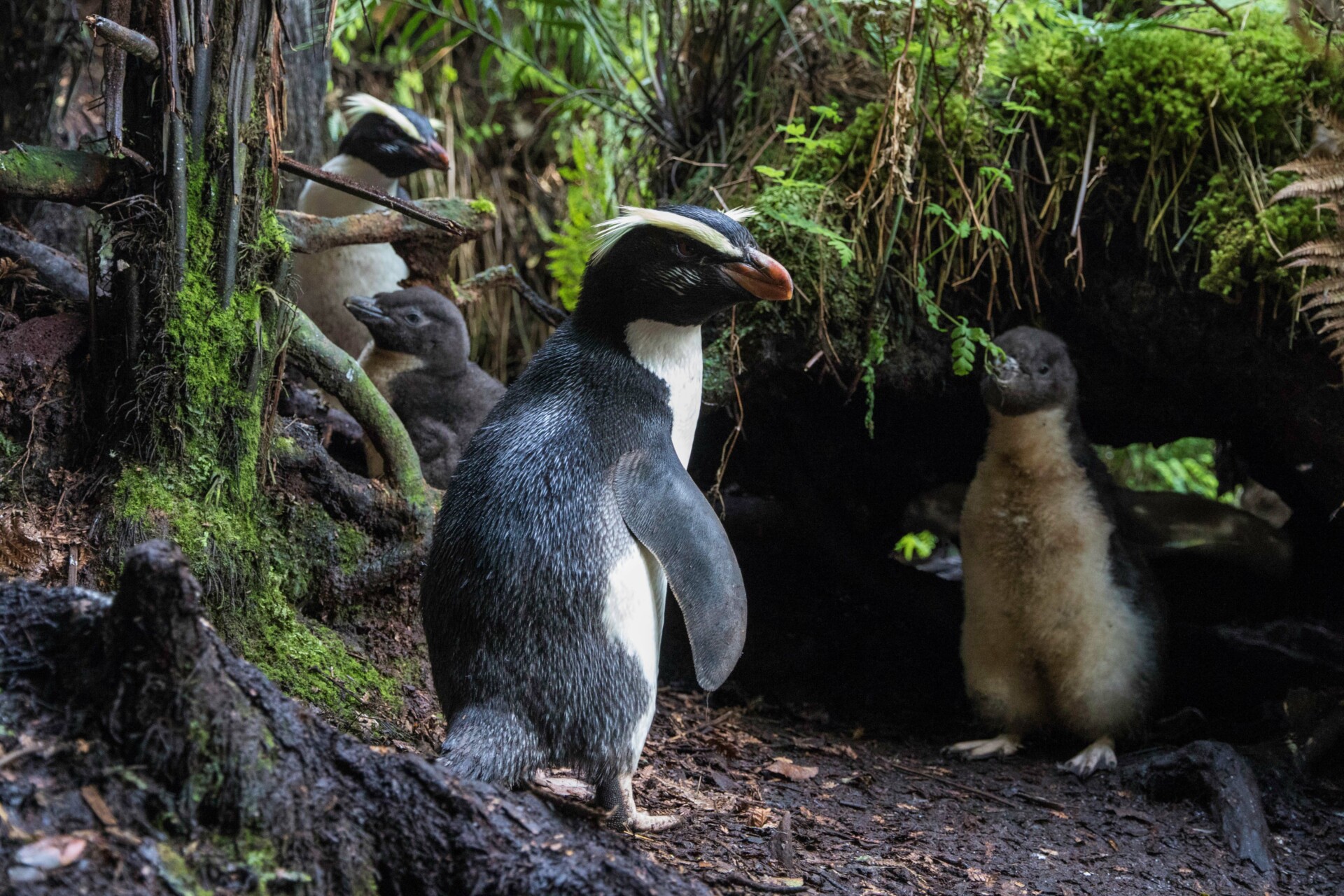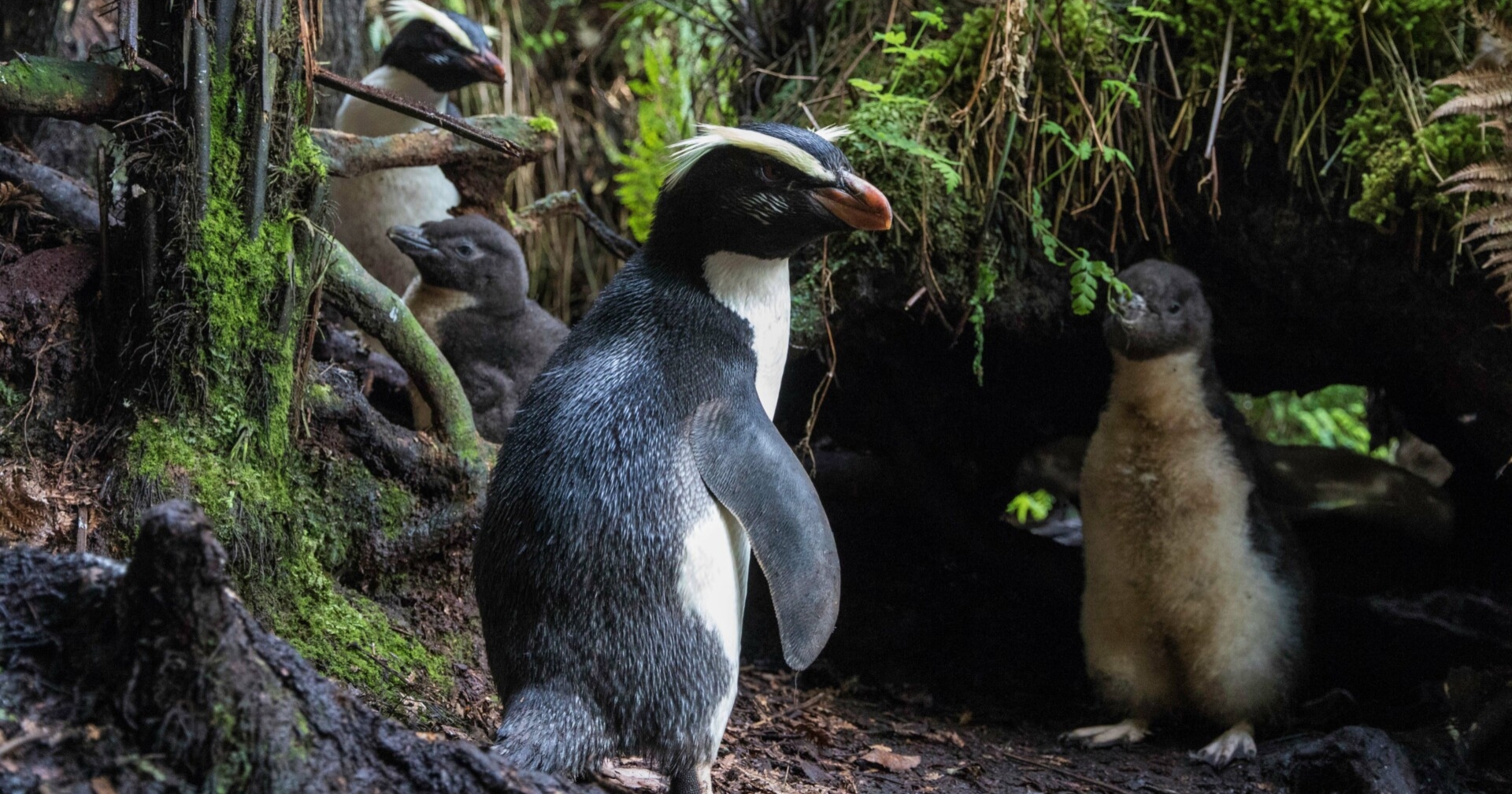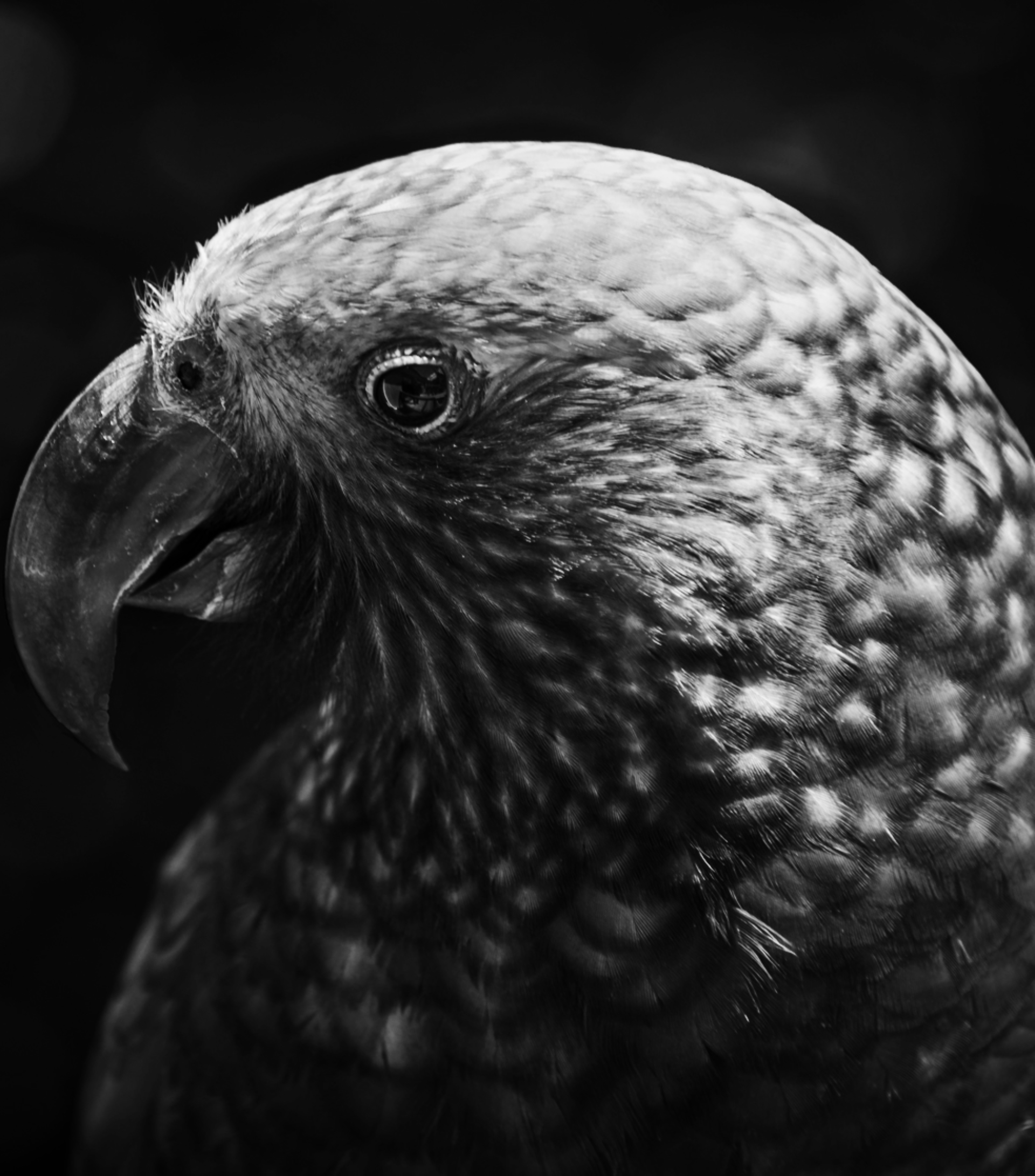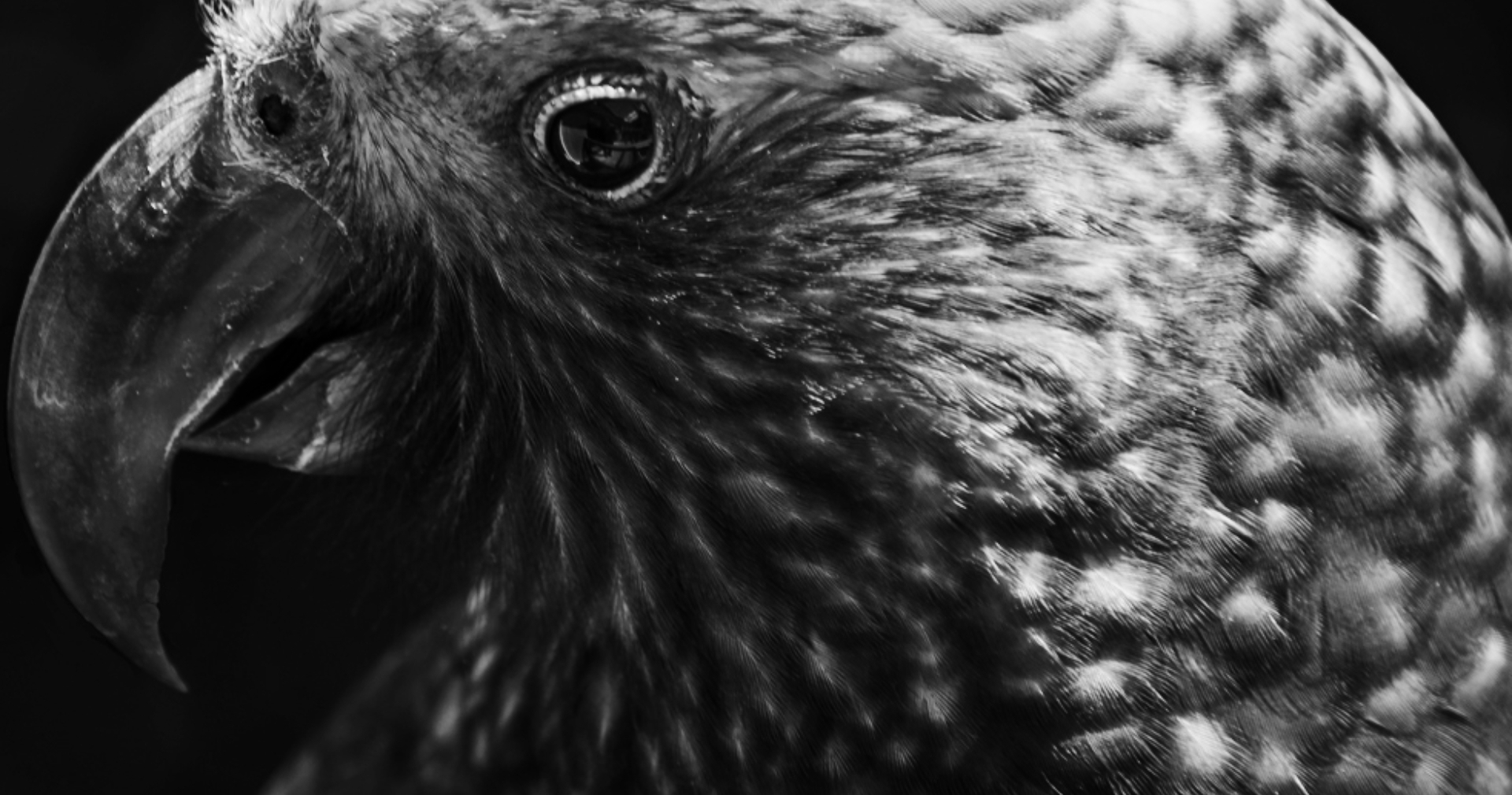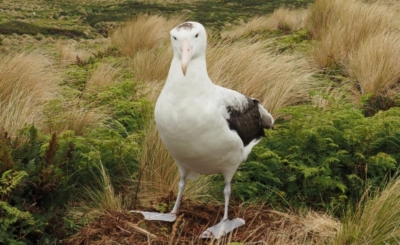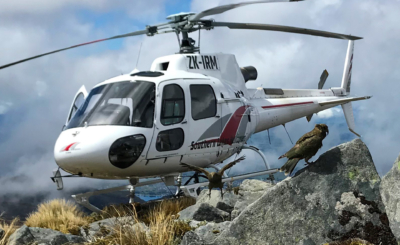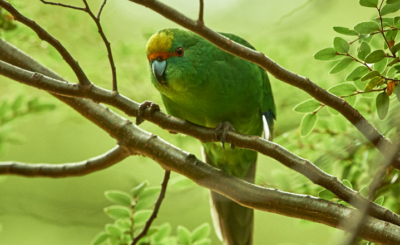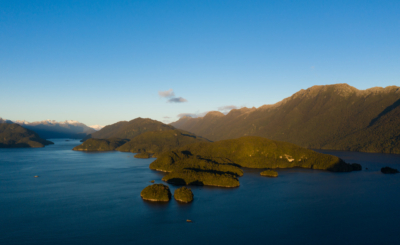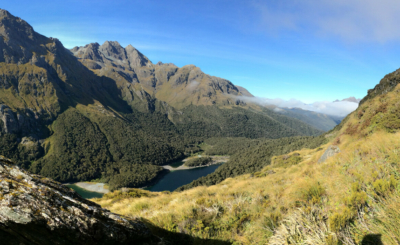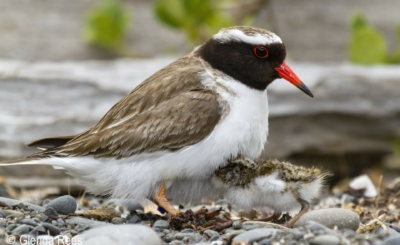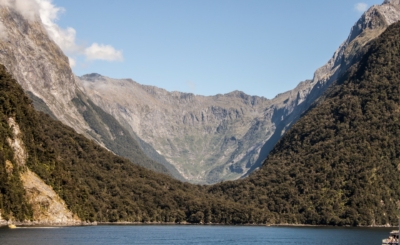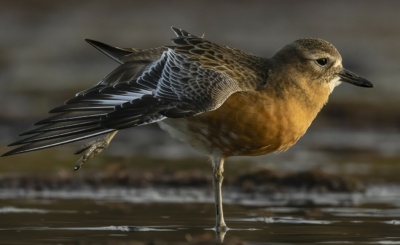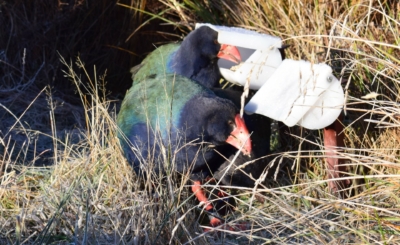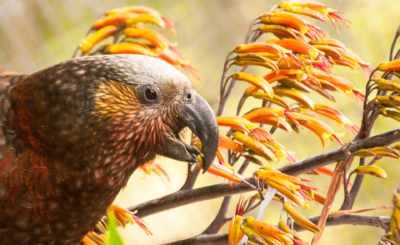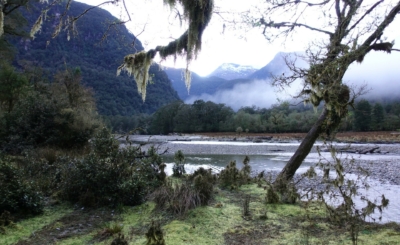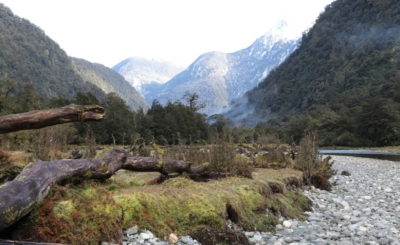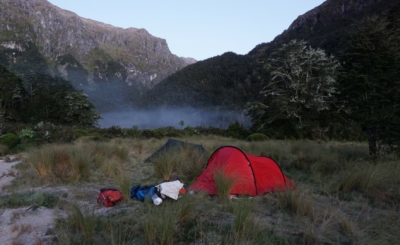Tawaki / Fiordland Crested Penguins are endemic to Aotearoa and are the only crested penguin to breed on mainland New Zealand, from Bruce bay to Stewart Island. They are one the rarest and least studied penguins in the world. In David Attenborough’s words “It’s shy and mysterious. The jungle penguin” this makes nests incredibly hard to find and monitor which is why we know so little about these birds.
Tawaki are classified as at risk: declining in the New Zealand threat classification system and there is an apparent population decline of up to 7%. DOC and the Tawaki Project aim to monitor and update the number of Tawaki nests at key breeding sites in Fiordland, allowing us to better assess their population trends in Fiordland.
We have already had an incredible private donor contribute $24,000 to complete Stage 1 in 2024 and get this project off the ground. Following this initial contribution we are looking for another $26,000 to complete Stage 2 in 2025 then $15,000 per year for 5 years to continue monitoring population trends in Fiordland.The purpose of raising these funds is to achieve population monitoring of Tawaki across their breeding range at three Fiordland sites.
This work goes beyond just monitoring Tawaki. Penguins are known around the world as marine sentinels as their population dynamics reflect local oceanic conditions better than any other seabird group. As they forage locally during the breeding season their population trends will reflect natural variability in the environment and changes induced by anthropogenic activity. Understanding more about population trends of New Zealand’s penguins could help to unlock knowledge to demonstrate the immediate threats of climate change on New Zealand’s coastal ecosystem
There is an exciting opportunity to restart this important work so we can understand how this Taonga species is responding to changing ocean conditions in Fiordland.
Please help us raise the rest and protect this declining species.
